Six BU Researchers Win Prestigious Early-Career Award to Advance Their Work
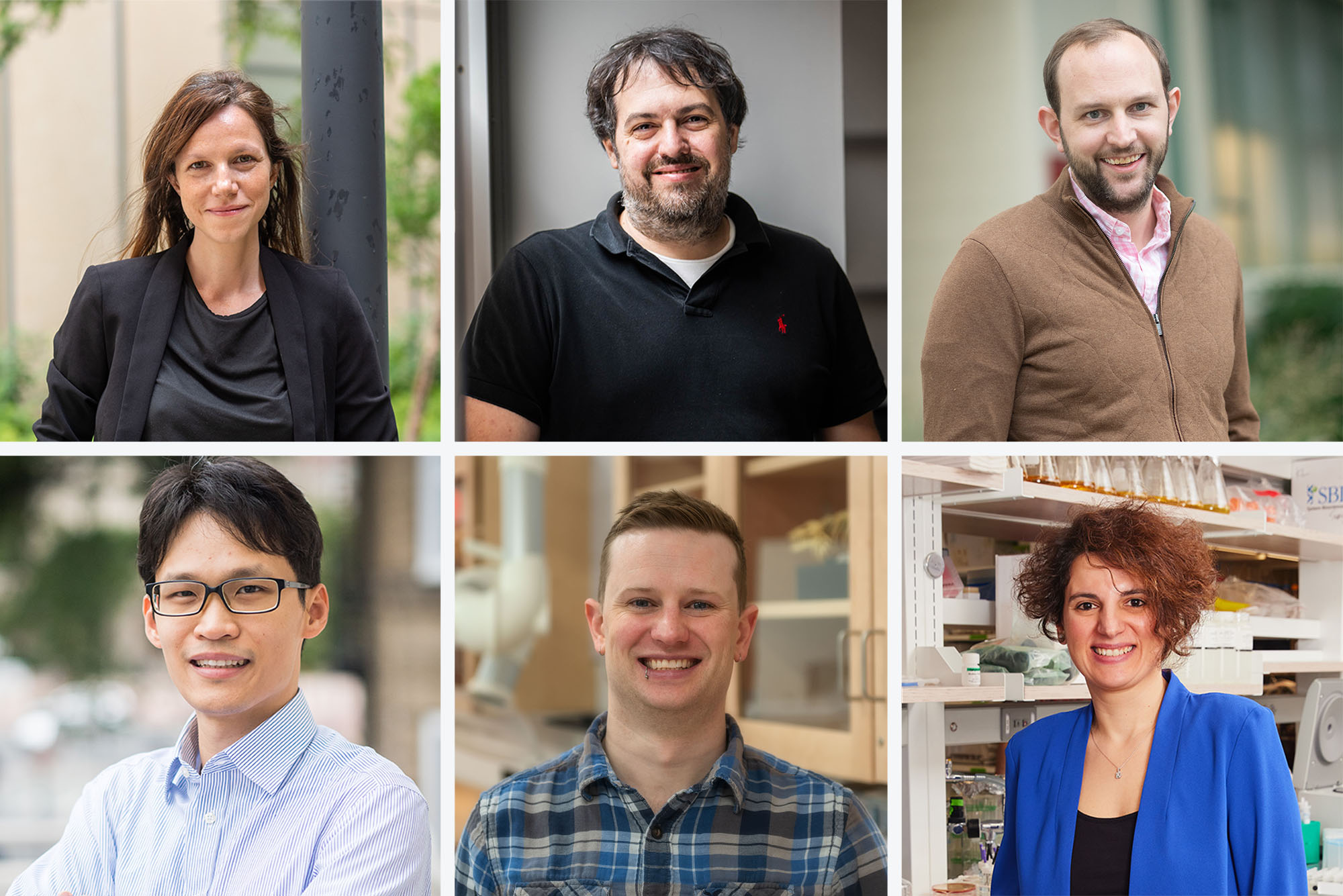
Ana Fiszbein (clockwise from top left), Michael Albro, Jonathan Huggins, Rabia Yazicigil, Andrew Sabelhaus, and Wenchao Li were awarded National Science Foundation Faculty Early Career Development Program (CAREER) awards this year to advance their research in engineering, mathematics, and molecular biology. Photos by Cydney Scott, Jackie Ricciardi, Dana J. Quigley, and courtesy of Sabelhaus
Six BU Researchers Win Prestigious Early-Career Award to Advance Their Work
NSF CAREER awards recognize BU researchers innovating in biomedical engineering, artificial intelligence, molecular biology, and more
They’re pioneering ingestible body monitors, friendly robots that could distribute flu shots, tissue regeneration, and much more. And now, six Boston University researchers have received Faculty Early Career Development Program (CAREER) awards from the National Science Foundation (NSF) to advance their work.
The prestigious, highly competitive NSF CAREER awards mark a significant achievement for early-career scientists and come with five years of continuous funding. All the researchers receiving funding this year are also laying the foundation for the next generation of scientists and diversifying their fields by supporting students and youth educational programs.
The Brink caught up with each of BU’s latest award winners to learn about their game-changing research.
Michael Albro: Generating New Tissue for Arthritis Sufferers
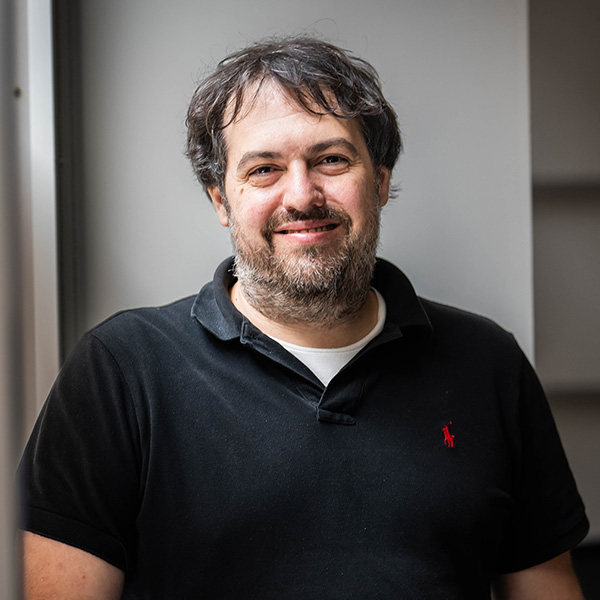
Osteoarthritis, the most common form of arthritis, affects about 600 million people worldwide, with very few treatment options. Michael Albro, a BU College of Engineering assistant professor of mechanical engineering, is developing an advanced method of tissue engineering to repair joint and tissue damage from degenerative diseases like arthritis. His project focuses on growth factors, specialized molecules that coordinate tissues and organ growth in the body. “Growth factors conduct the whole orchestra of the body,” Albro says.
Although they have been increasingly explored for tissue regeneration, delivering growth factors to cells is a complicated process that has proved hard to control. Albro’s goal is to create a new approach using scaffolds—a material embedded with engineered cells that delivers growth factors. He and his team are also testing computer models to tailor scaffolds to specific cells and improve the process overall. “What we’re trying to do is not just identify the growth factors that need to be used for tissue regeneration, but also identify how they need to be delivered,” he says.
Ana Fiszbein: The Inner Workings of Cells
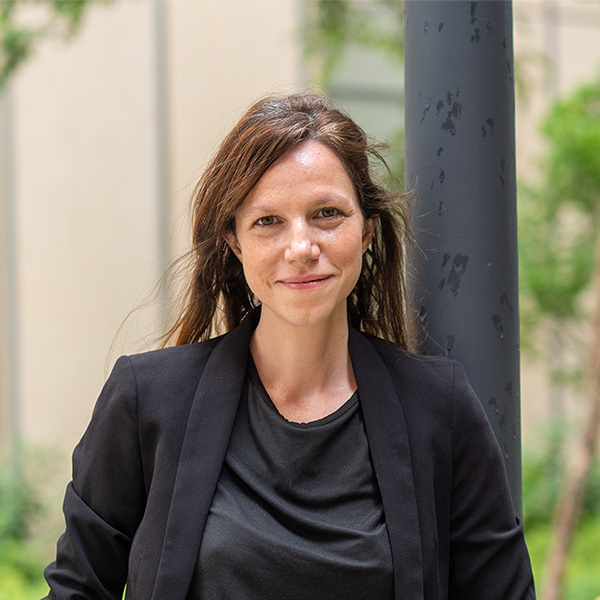
For cells to do their jobs, they rely on a process called gene expression: DNA is transcribed by RNA molecules, which read and turn genetic instructions into a specific function, like making a protein. But for this to happen, RNA molecules must undergo a process called splicing, which is when some instructions are kept and some are discarded. Despite the fundamental connection between transcribing and splicing, the mechanisms underlying and connecting these two processes are unknown. With her NSF CAREER award, Ana Fiszbein, a College of Arts & Sciences assistant professor of biology, is studying how a molecule found in all animal cells, a nuclear ribonucleoprotein particle called U1 snRNP, regulates the two connected processes.
“How gene expression is orchestrated remains one of the most fundamental questions of molecular biology, with implications for our understanding of cellular differentiation, development, disease, and evolution,” says Fiszbein, also an assistant professor of computing and data sciences. “Understanding how RNA splicing influences gene expression is of particular importance in cancer genomics, as its aberrant regulation contributes to about 10 million cancer-related deaths each year.” Ultimately, she hopes her findings fuel advancements that can pave the way for personalized medicine and the treatment of severe and rare diseases.
Jonathan Huggins: Predicting the Unpredictable
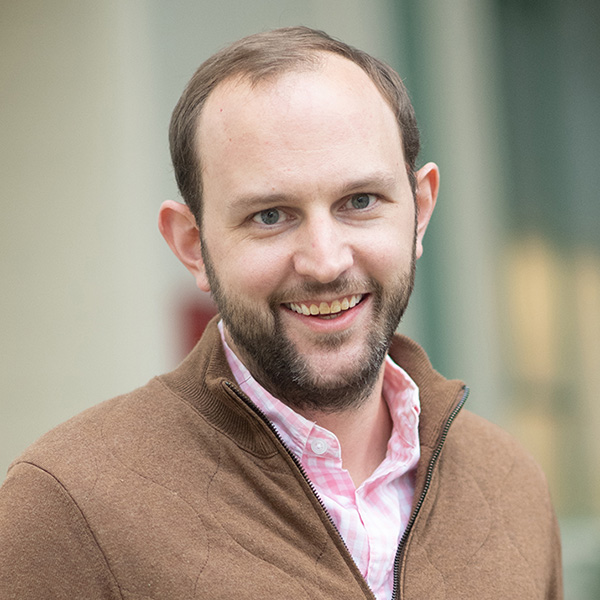
Few things in life are certain—but especially so when predicting and understanding complex systems with huge amounts of data. For example, for scientists to quantify parts of an ecosystem—like how much carbon is stored in soil compared to tree roots or trunks or branches—they need a system capable of calculating unpredictable, changing conditions and interactions. It sounds impossible to predict the unpredictable—but that’s where statistics and probability come in.
With NSF CAREER funding, Jonathan Huggins, a CAS assistant professor of mathematics and statistics, is overcoming challenges related to processing large datasets quickly and accurately—all while accounting for inherent uncertainties. He is developing a general framework and set of algorithms that scientists and data analysts can use to better study the inner workings of individual cells, vast ecosystems, even aircraft engines. “In particular, the methods we develop will provide accurate uncertainty quantification,” Huggins says, “which will enable scientists, policymakers, and other users to gain actionable insights and make better decisions.
“I’m really excited to see how the methods we develop get used in ways I never could have imagined.”
Wenchao Li: Smarter and Safer AI
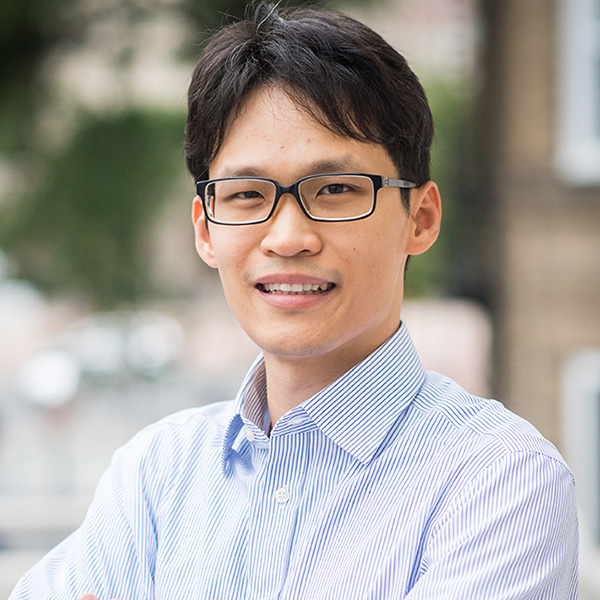
How are cars learning to drive themselves? A common way experts teach artificial intelligence (AI) systems to perform a specific task is by imitation learning (IL), which allows a machine or algorithm to learn from watching human demonstrations. But the method is far from perfect because, well, humans are far from perfect. It’s also difficult to teach a system negative outcomes or pitfalls—for example, teaching an autonomous driving system exclusively with safe driving practices could fail to provide the context necessary for the system to recognize unsafe situations and how to avoid them. Wenchao Li, an ENG assistant professor of electrical and computer engineering, is working to improve the way machines learn through IL demonstrations.
Li is proposing IL “guardrails”: instead of relying only on demonstrations, an AI system will have safety parameters and precise guidance to complement the process. These guidelines will be based on a mathematical framework that Li is developing.
“With our new approach, we envisage that it will lead to more efficient learning algorithms, AI systems that are better aligned with users’ intents, and ultimately safer and more trustworthy autonomous systems,” Li says.
Andrew Sabelhaus: Friendly, Soft Robots for Healthcare
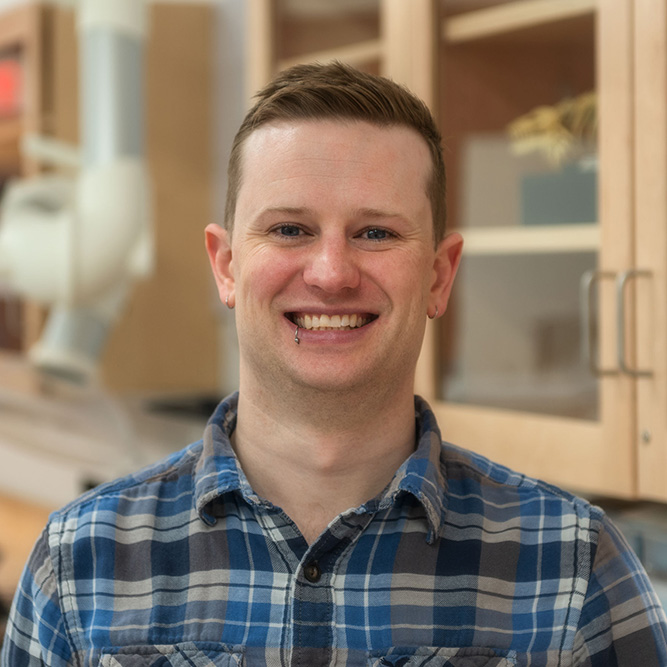
Imagine walking into a busy health center, and instead of meeting with a clinician or nurse, you walk right up to a self-serve kiosk for a blood pressure check, flu shot, or nasal swab. Behind the counter isn’t a person, but a friendly robot. Andrew Sabelhaus, an ENG assistant professor of mechanical engineering, believes that robots made of soft materials, like rubber, have the potential to perform such tasks in service of humans and, in turn, save people time on healthcare visits.
But to be a successful medic, a soft robot would have to be intelligent enough to know precisely what to do in unpredictable situations—and, if it’s handling a needle, exactly where and how to inject it. Sabelhaus is using his NSF CAREER funding to design algorithms for soft robots to meet safety requirements like these. If it’s possible to ensure that the robot will not unintentionally cause injury, “that makes healthcare less expensive and a lot more accessible,” he says. One important additional goal: eliminating healthcare disparities and ensuring human biases in data are not unintentionally passed on to the robot.
Rabia Yazicigil: Monitoring Disease with a Biosensor

Rabia Yazicigil, an ENG assistant professor of electrical and computer engineering, earned an NSF CAREER award to create a first-of-its-kind ingestible body monitor—one that can be safely swallowed, and that can accurately track and report back disease progression. Yazicigil’s initial target is a bioelectronic sensor that monitors inflammatory processes in the gastrointestinal tract.
“We are using the gut as a first demonstrator of these techniques,” Yazicigil says.
Millions suffer from gastrointestinal tract conditions like irritable bowel syndrome, but the goal is that Yazicigil’s system can eventually be used to monitor and manage other health conditions. For example, a biosensor might detect spikes in cholesterol associated with heart disease. The technology might also someday be used beyond the body—like to detect disease biomarkers in wastewater or to find evidence of contaminants in soil.
“The goal is to perform real-time, in-body sensing so that you can accurately track changes related to disease biomarkers,” says Yazicigil. “And that will give you critical information to achieve early intervention and better disease management.”
Editor’s note: After this article was published, the NSF announced a seventh BU researcher had won a CAREER award. Rachel Brulé, a Frederick S. Pardee School of Global Studies associate professor of global development policy, is an expert on comparative politics who focuses on gender, political economy, and institutions.
Patrick L. Kennedy and A.J. Kleber contributed reporting to this article.

Comments & Discussion
Boston University moderates comments to facilitate an informed, substantive, civil conversation. Abusive, profane, self-promotional, misleading, incoherent or off-topic comments will be rejected. Moderators are staffed during regular business hours (EST) and can only accept comments written in English. Statistics or facts must include a citation or a link to the citation.